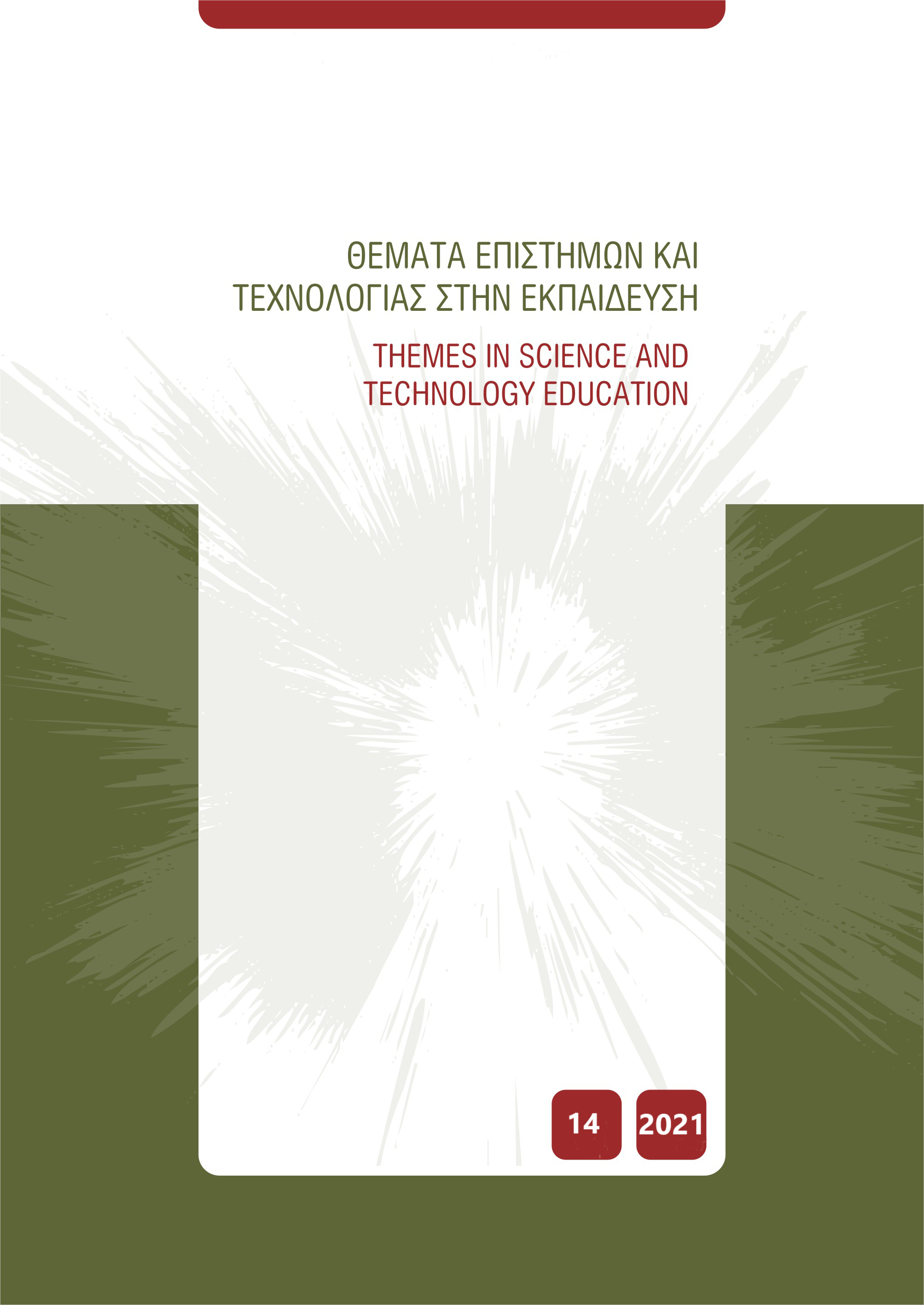Ένα εκπαιδευτικό εικονικό περιβάλλον για την αρχιτεκτονική του υπολογιστή

Περίληψη
Τα εκπαιδευτικά εικονικά περιβάλλοντα συνεισφέρουν στην κατανόηση αφηρημένων και δυσνόητων εννοιών. Η εργασία παρουσιάζει τη σχεδίαση, ανάπτυξη και πιλοτική εφαρμογή ενός εικονικού περιβάλλοντος για την αρχιτεκτονική του υπολογιστή που απευθύνεται σε μαθητές δευτεροβάθμιας εκπαίδευσης. Η αξιολόγηση έγινε από 15 εκπαιδευτικούς Πληροφορικής δευτεροβάθμιας εκπαίδευσης, οι οποίοι αφού χρησιμοποίησαν το περιβάλλον κατά τη διδασκαλία τους, εκτίμησαν τη λειτουργικότητα του μέσω του εργαλείου SUS και η δυνατότητα επίτευξης μάθησης, εμπλοκής και ευχρηστίας με το εργαλείο LOES-T. Τα αποτελέσματα της πιλοτικής εμπειρικής μελέτης ήταν ενθαρρυντικά, καθώς οι εκπαιδευτικοί συμφώνησαν ότι η παιδαγωγική αλληλεπίδραση με το εύχρηστο εικονικό περιβάλλον εμπλέκει τους μαθητές στη διδακτική πράξη και συμβάλλει σε θετικά μαθησιακά αποτελέσματα.
Λεπτομέρειες άρθρου
- Πώς να δημιουργήσετε Αναφορές
-
Λούφη Μ.-Ε. Λ., Ιορδανίδου Σ., & Μικρόπουλος Α. (2021). Ένα εκπαιδευτικό εικονικό περιβάλλον για την αρχιτεκτονική του υπολογιστή. Θέματα Επιστημών και Τεχνολογίας στην Εκπαίδευση, 14, 109–118. https://doi.org/10.12681/thete.39961
- Τεύχος
- Τόμ. 14 (2021)
- Ενότητα
- Articles





